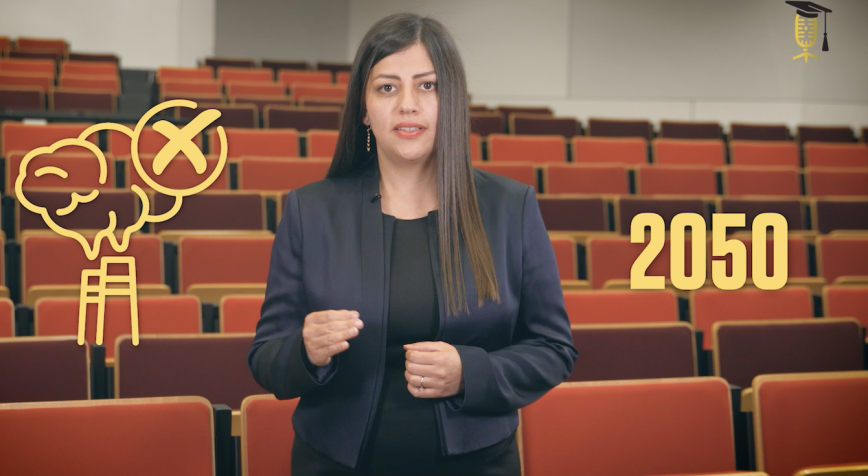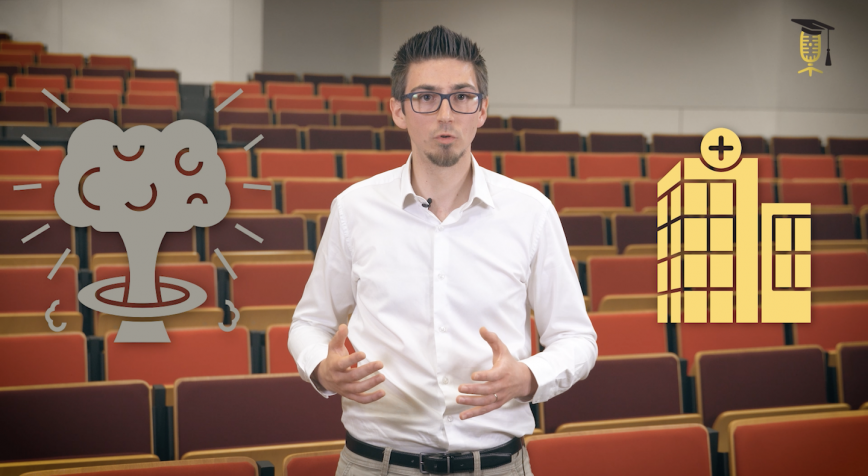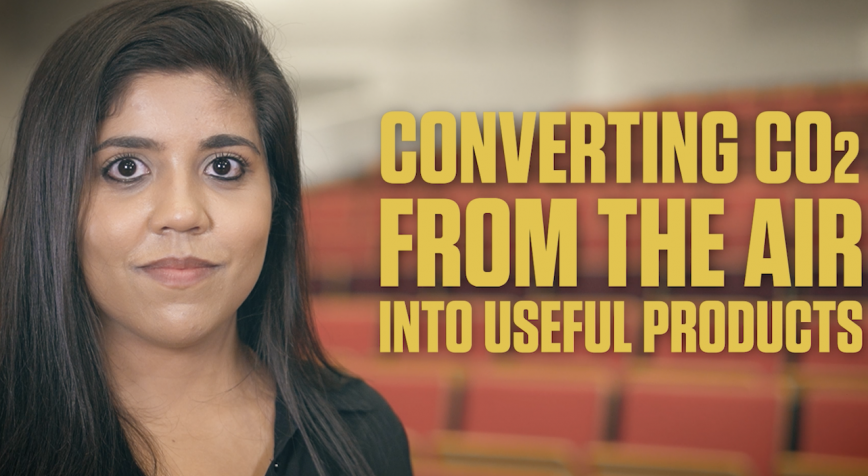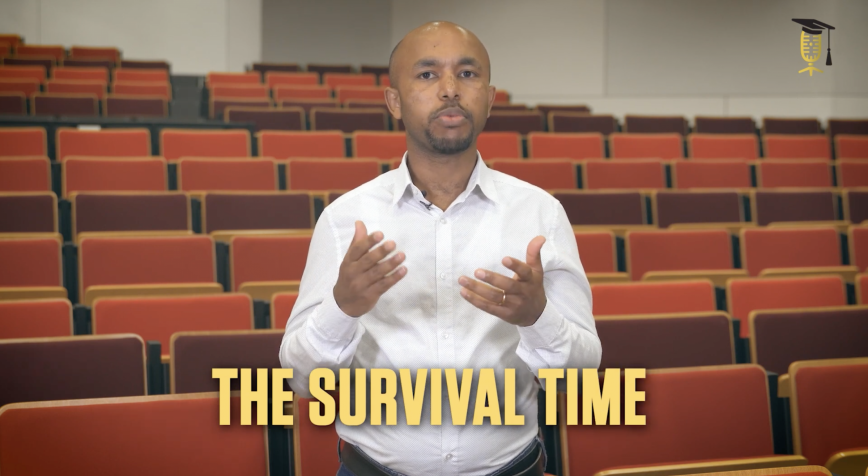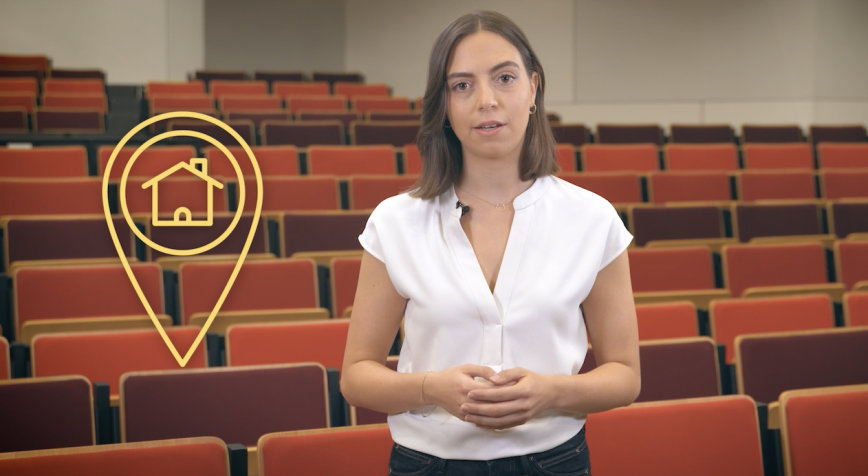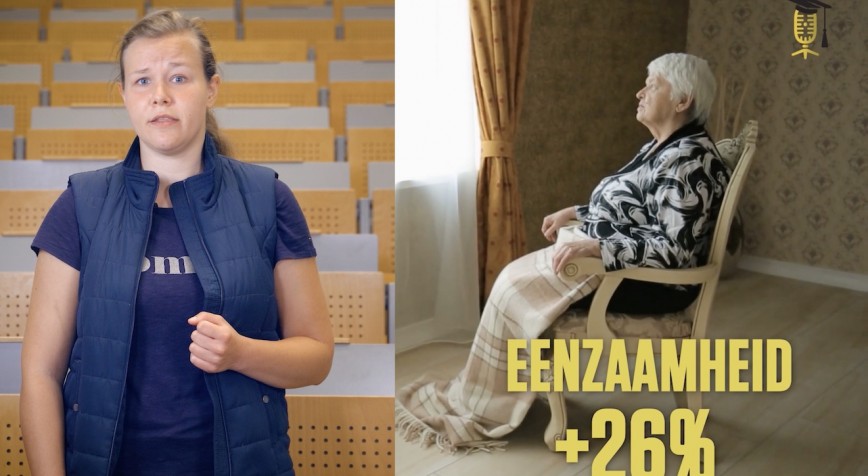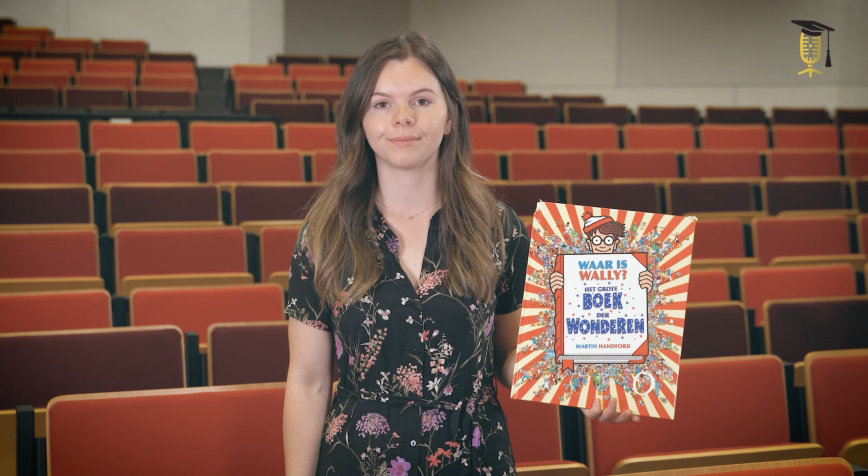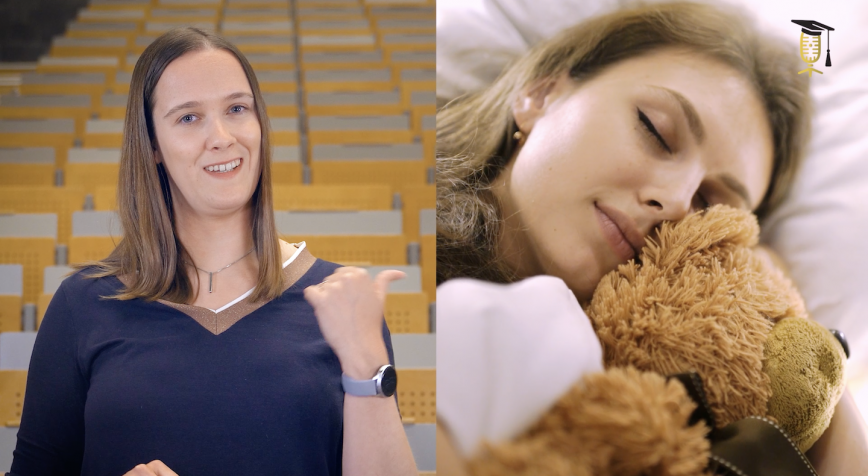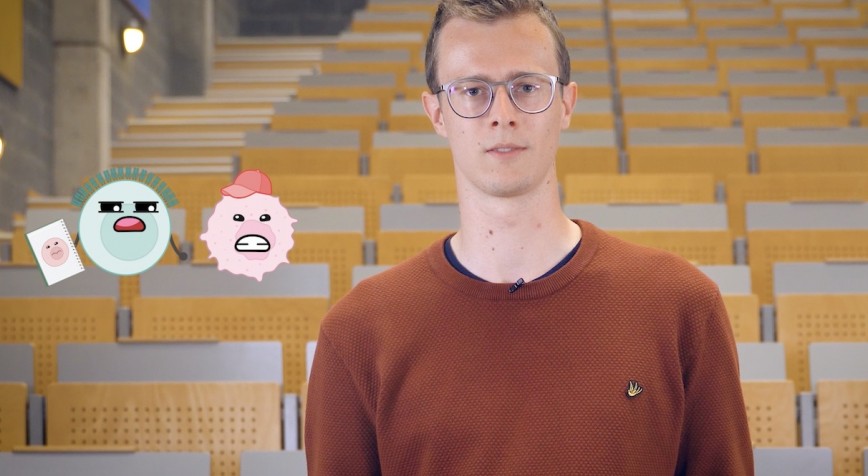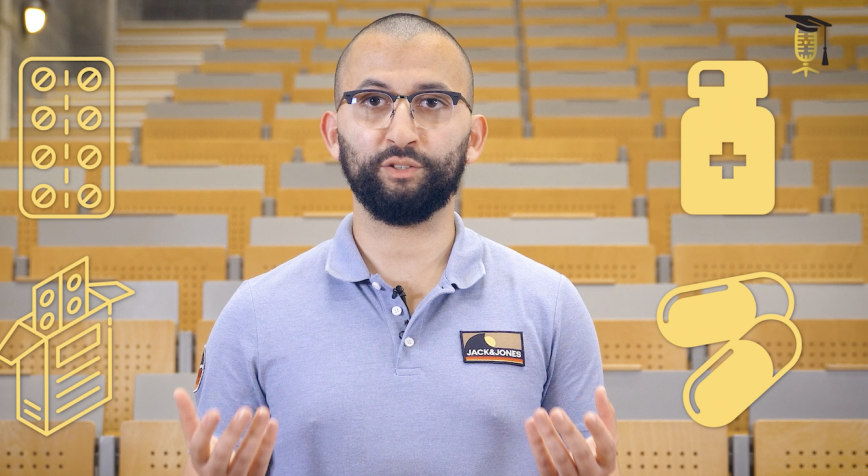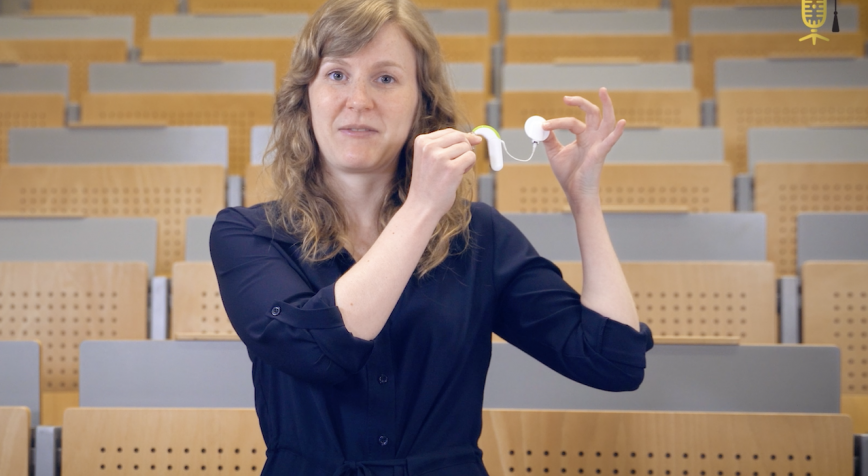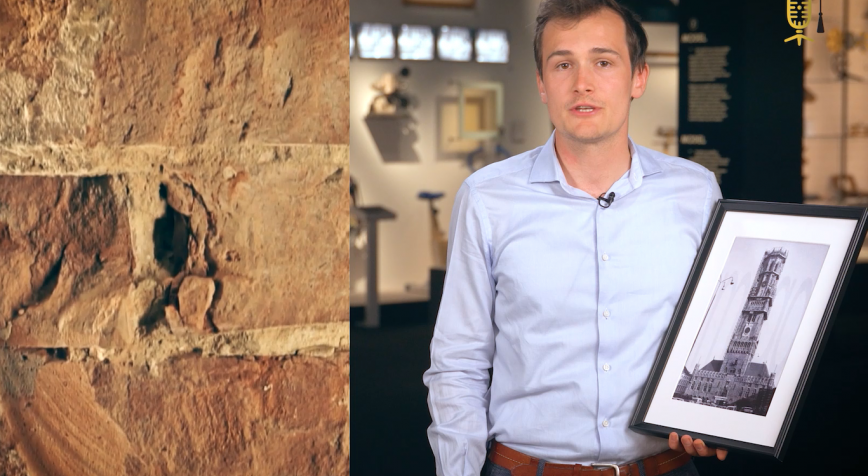
UAntwerpen
UGent
Climate change and historical heritage: friends or foes?
Everywhere in Flanders you can find beautiful historical buildings, such as belfries and castles. They have been there for hundreds of years, but keeping all this historical heritage healthy is no easy task. Think of moisture problems and mold growth. And what about climate change? Is our heritage protected against it? Bruno Vanderschelden finds out.
